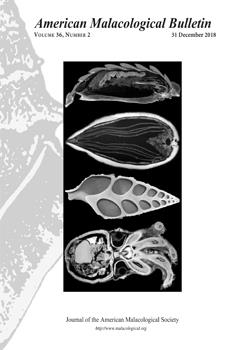A growing use of natural history collections is documenting changes in species distributions, morphology, phenology and genetics during historical times. Until the 20th century, however, collecting dates were not routinely recorded in collections, making it difficult to determine the time course of biotic changes. Various forms of proxy data can constrain when a particular sample might have been collected. The date of cataloguing puts an upper limit on potential collecting dates, as do dates of death of agents such as collectors, donors, and other previous owners, and dates of birth and activity of collectors give a lower limit. Archival material such as field notes and acquisition records can also provide constraints. Information in such sources should be captured in standardized biographical databases to allow automated bounds on collecting dates to be applied via fields in collection databases. Mollusks are among the best sampled metazoans, so they can serve to test the effectiveness of using biographical data to constrain collecting dates. A random sample of records in the ANSP malacology database that lack date of collection shows that when an agent is known, date of death information improves on date of cataloguing as a constraint on collecting date for 41% of records. Overall, including records that lacked agent information, 38% had improvement. If further historical information such as dates of travel, residence, employment and other affiliations were included in biographical databases, additional improvement on these bounds could be obtained. Collection databases need appropriate data structures for provenance information to track the chain of ownership of specimens more rigorously, and to allow cleaner interface with biographical databases. A survey of other large mollusk collections in the United States suggests that a similar level of improvement could be obtained more generally, affecting millions of specimens. If this result could be extended to other disciplines, a substantially increased proportion of specimens in natural history collections would be accessible for studies of biotic change. Interoperability with genealogical databases could accelerate addition of provenance data to natural history databases.
How to translate text using browser tools
1 December 2018
Improving Provenance Data in Natural History Collection Databases
Gary Rosenberg,
Michael Khoo
ACCESS THE FULL ARTICLE
agents
biodiversity informatics
databases
Mollusca
natural history collections





